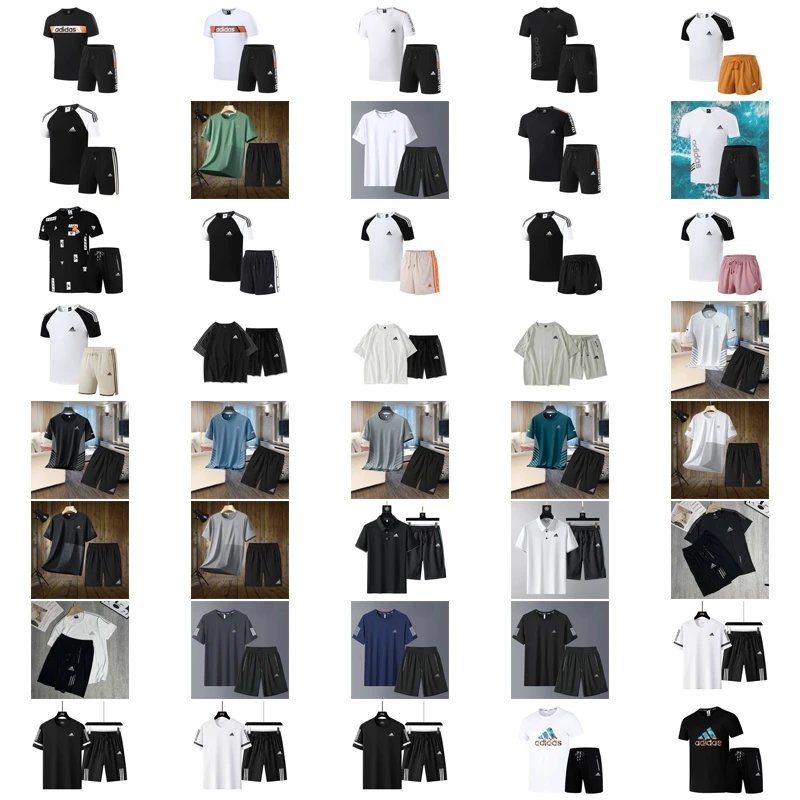How to Use MuleBuy Spreadsheet Filters to Track Product Quality Consistency
In the world of international trade and sourcing, maintaining consistent product quality is not just a goal—it's a critical necessity. Variations in quality can damage your brand reputation, erode customer trust, and directly impact your bottom line. Fortunately, the MuleBuy Spreadsheet provides powerful filtering tools that enable you to track, analyze, and ensure quality consistency across your entire supplier network.
Why Quality Consistency Matters
Quality consistency directly affects:
• Customer satisfaction and retention
• Return rates and associated costs
• Brand reputation and market positioning
• Overall profitability and sustainability
Setting Up Quality Control Filters in MuleBuy Spreadsheet
The filtering functionality in MuleBuy Spreadsheet transforms raw quality control data into actionable insights. Here's how to leverage these filters effectively:
Step 1: Access Your Quality Control Data
Begin by importing or inputting your QC results into the MuleBuy Spreadsheet. Ensure your data includes these critical columns:
- Seller/Supplier Name
- Product SKU/ID
- QC Inspection Date
- QC Result (Pass/Fail or Score)
- Defect Categories (if applicable)
- Inspector Name/ID
Step 2: Apply Seller-Specific Filters
To compare quality performance across different suppliers:
- Select the "Seller" column header
- Click the filter icon that appears
- Choose specific sellers to compare, or select multiple sellers to analyze patterns
- Combine with date range filters to track performance trends over time
Practical Example: Identifying Seller Patterns
Scenario:
Filter Action:
Insight:
Step 3: Analyze QC Pass Rate Trends
The true power of spreadsheet filters lies in identifying patterns that would otherwise remain hidden:
Time-Based Pattern Analysis
Apply date range filters to identify:
- Seasonal quality variations
- Declining quality trends with specific suppliers
- Quality improvements following feedback sessions
- Correlation between order volume and quality consistency
Defect Category Analysis
When your QC data includes specific defect categories, use filters to:
- Identify recurring defect patterns with particular sellers
- Pinpoint specific production or material issues
- Allocate training and improvement resources more effectively
Advanced Filtering Strategies for Quality Management
Combine Multiple Filters for Deep Insights
The most valuable insights often emerge when you combine multiple filters:
- Seller + Date Range + Product Category:
- QC Result + Defect Type + Inspector:
- Pass Rate + Order Quantity:
- QC Result + Defect Type + Inspector:
Creating Quality Performance Dashboards
Use filtered views to create quick-reference dashboards for regular quality reviews:
- Apply your standard quality filters
- Save these filtered views with descriptive names
- Share specific filtered views with relevant team members
- Update dashboards weekly or monthly to track progress
Business Benefits of Regular Quality Filter Analysis
Proactive Supplier Management
Identify quality issues before they become critical problems, allowing for timely interventions and supplier development.
Data-Driven Decision Making
Base your sourcing decisions on concrete quality metrics rather than intuition or limited samples.
Continuous Improvement
Share specific, data-backed feedback with suppliers to drive meaningful quality improvements.
Risk Mitigation
Reduce the risk of costly quality failures, returns, and reputational damage through consistent monitoring.
Best Practices for Ongoing Quality Tracking
Establish Regular Review Cycles
Set a consistent schedule for reviewing your filtered quality data:
- Weekly:
- Monthly:
- Quarterly:
- Monthly:
Define Quality Thresholds and Alerts
Establish clear quality benchmarks and use your filtered data to monitor compliance:
- Set minimum acceptable pass rates for different product categories
- Create alerts for when suppliers fall below established thresholds
- Use conditional formatting to visually highlight concerning trends
Conclusion: Transforming Data into Quality Assurance
The MuleBuy Spreadsheet filters provide a powerful yet often underutilized tool for maintaining product quality consistency. By systematically applying these filters to your quality control data, you transform raw information into strategic insights that drive better sourcing decisions, stronger supplier relationships, and superior product quality.
Remember: Consistent quality isn't just about catching defects—it's about identifying patterns, addressing root causes, and building a supply chain that consistently delivers excellence. The filtering tools in MuleBuy Spreadsheet give you the visibility needed to achieve exactly that.
Start today:



















